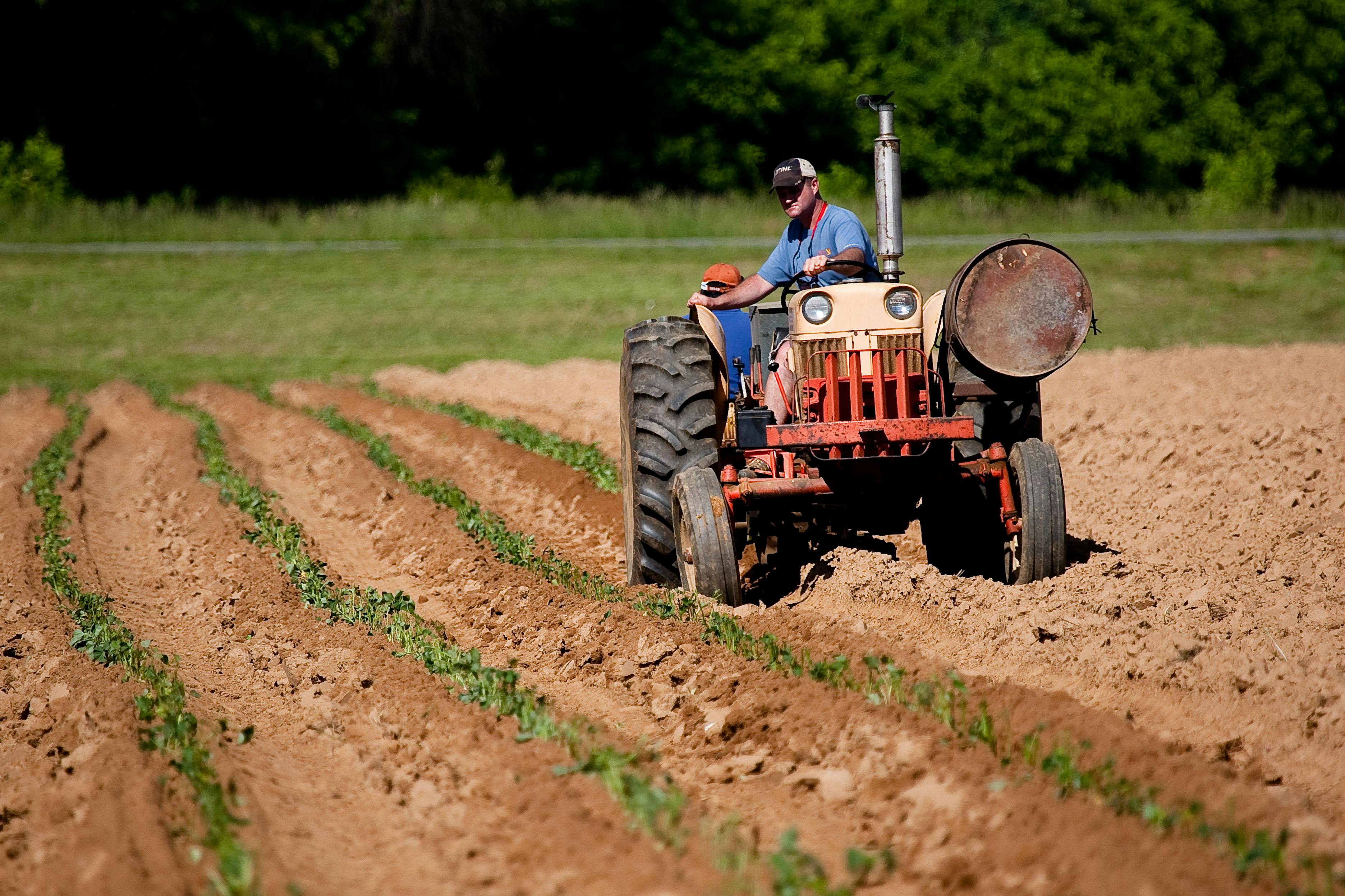Agriculture Loans: Types, Eligibility, and Funding Options
Agriculture loans provide capital for crop production, equipment, land, and working capital tailored to farm businesses and rural enterprises. These loans can come from public programs, cooperative lenders, commercial banks, and microfinance providers, and they often combine with grants or private investment to support seasonal cycles and long-term growth. Understanding loan types, eligibility, and how different funding sources interact helps farmers and agribusinesses plan financing that fits their operation and risk profile.

What are common agriculture loan types?
Lenders offer several agriculture loan types including operating loans for seed, fertilizer, and labor; equipment loans for tractors and machinery; real estate loans for purchasing or refinancing farmland; and lines of credit for short-term cash flow needs. Some loans are structured as fixed-rate long-term mortgages while others are variable-rate or seasonal, matching crop cycles. Loan size and repayment terms depend on the lender, the borrower’s credit, projected farm income, and the collateral offered, such as land or equipment.
How do farming loans differ from other loans?
Farming loans account for seasonality, commodity price volatility, and biological risks that typical consumer or business loans do not. Underwriting often considers farm revenue history, crop or livestock production plans, and repayment tied to harvest or sales cycles. Lenders may accept nontraditional collateral (e.g., crop contracts) and structure grace periods or interest-only terms during growth seasons. Risk management tools such as crop insurance or forward contracts are commonly required or recommended alongside loan agreements.
Are grants available alongside loans?
Grants can complement loans by funding feasibility studies, conservation practices, or capital improvements that may not generate immediate cash flow. Public agencies and nonprofit programs sometimes offer grants for sustainable practices, irrigation upgrades, or value‑chain development. Grants typically do not require repayment but are competitive and have specific eligibility rules. Combining grants with loans can reduce overall borrowing needs and improve a project’s viability, though grants rarely cover full capital costs for large investments.
How to assess funding options for farms?
Assessing funding options starts with a clear farm business plan and accurate cash flow projections showing seasonal inflows and outflows. Compare terms: interest rates, amortization period, collateral requirements, covenants, and prepayment penalties. Evaluate whether funding suits short-term operating needs or long-term investment. Consider mixing sources—loans for large durable assets, lines of credit for operating cycles, and grants for targeted improvements. Seek guidance from local services, agricultural extension agents, or financial advisors familiar with farm finance in your area.
What role does investment play in agriculture lending?
Investment—both equity and debt—affects lending capacity and farm growth. Owner equity reduces loan-to-value ratios and can secure better terms. Private investment or partnerships may provide risk capital for expansion projects that lenders view as higher risk. Institutional investors increasingly fund agricultural portfolios through specialized funds, while community investors and cooperatives can offer alternative financing. Lenders assess investor commitments and equity contributions as indicators of management confidence and project feasibility.
| Provider Name | Services Offered | Key Features/Benefits |
|---|---|---|
| USDA Farm Service Agency (FSA) | Direct and guaranteed operating, ownership, and disaster loans | Government-backed support for beginning farmers, flexible terms in the U.S. agricultural sector |
| Farm Credit System (cooperative banks) | Long-term real estate loans, equipment financing, seasonal credit | Member-owned network focused on agriculture with specialized underwriting |
| Commercial banks (regional or national) | Operating loans, equipment loans, lines of credit | Broader banking services and access to deposit accounts and cash management |
| Credit unions and community lenders | Small business and micro loans, lines of credit | Local decision-making, relationship-based lending tailored to community needs |
Conclusion
Agriculture loans are diverse tools that, when matched to an operation’s cash flow and risk profile, enable planting cycles, equipment purchases, and long-term investments in farmland. Combining loans with grants and equity can lower borrowing needs and improve project viability, while choosing the right lender depends on term requirements, collateral availability, and local lending options. Careful planning, transparent financial records, and advice from local services or agricultural finance professionals help producers select funding that supports productivity and sustainability.






